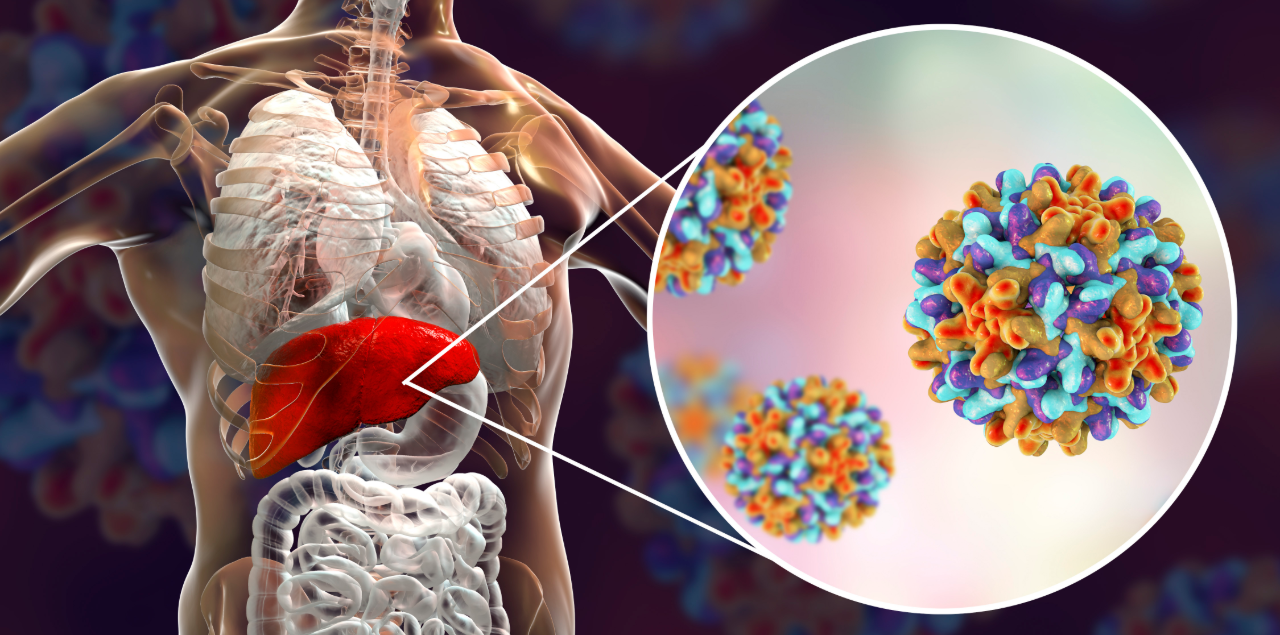Hepatitis B Vaccine Candidates Offer Hope
At the Digital International Liver Congress that took place in the last week of August, Johnson & Johnson, GlaxoSmithKline, and Vir Biotechnology/Alnylam presented positive data from clinical studies of their hepatitis B drugs. All companies are on a quest to find a functional cure for chronic hepatitis B infections (CHB), which affect more than 250 million people worldwide and can lead to liver failure and liver cancer, with a large number of these cases being in China and Brazil. Conventional nucleos(t)ide analogue treatment (NA), such as tenofovir disoproxil fumarate (TDF) or entecavir, can reduce the hepatitis B viral load, measured as surface antigen HBsAg, which is a marker of chronic hepatitis B virus (HBV) infections, but it cannot eliminate the virus from human hepatocytes. Promising new data are emerging; however, they are from small trials, and it is unclear if any of these agents may represent a cure for this chronic condition.
J&J’s subsidiary Janssen Pharmaceuticals and Arrowhead’s RNA interference (RNAi) therapy JNJ-3989 reduced HBsAg for up to 48 weeks after only three doses when given in combination with conventional NA treatment. In the Phase II trial with 38 participants, three doses of JNJ-3989 were given 28 days apart and participants were observed for up to 50 weeks. In 15 patients, HBsAg levels declined by more than 2 log10 IU/mL on average and stayed at a low level until the end of the observation period. The researchers said these data showed HBsAg reductions for an extended period of time for the first time.
GSK also presented positive data from a Phase IIa trial with 31 patients of its investigational antisense oligonucleotide GSK’836 (GSK3228836), showing that the drug significantly reduced HBsAg on average by 1.56 log10 IU/mL after four weeks of treatment in an NA-naïve group with 12 patients.
Vir Technology partnered with RNAi specialist Alnylam to develop VIR-2218, which is designed to silence all HBV transcripts from both closed circular DNA (cccDNA) and integrated DNA across all 10 HBV genotypes. In the ongoing Phase II study, 24 patients who received a 50mg dose of the drug showed a maximal decline in HBsAg levels after 12 weeks with a mean decline of 1.5 log10 IU/mL from baseline.
After a functional cure was found for hepatitis C with Gilead’s Sovaldi and Harvoni, pharma companies are now trying to develop antivirals that can eliminate HBV infections. However, the two viruses have some significant differences; HCV is an RNA virus and HBV is a DNA virus, and HBV forms covalent cccDNA in human cells that are stable and to date cannot be targeted by drugs. The new data from GSK, J&J, and Vir/Alnylam are promising and now long-term studies must show the duration of the viral reduction and which parameters affected patient responses to each therapeutic.

US Tariffs are shifting - will you react or anticipate?
Don’t let policy changes catch you off guard. Stay proactive with real-time data and expert analysis.
By GlobalData




